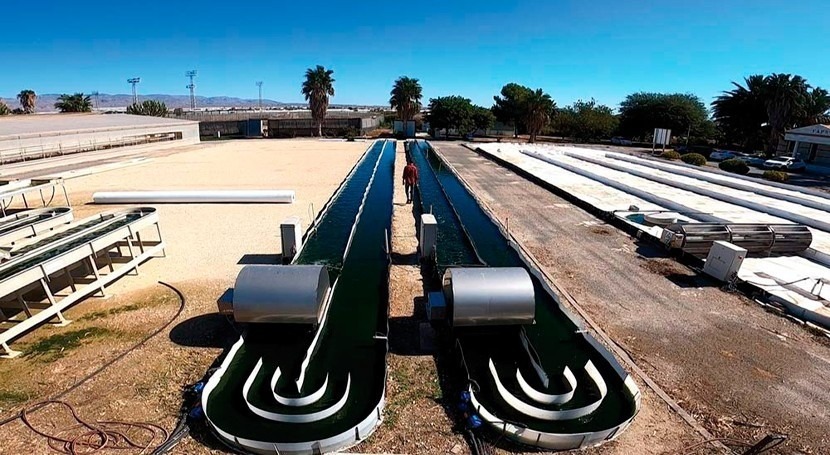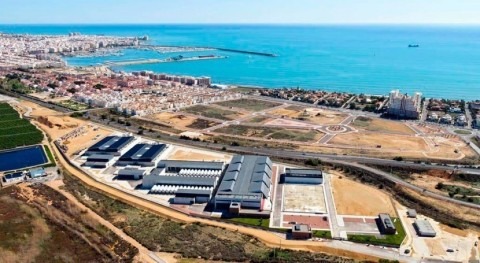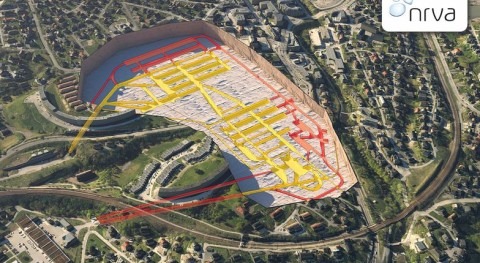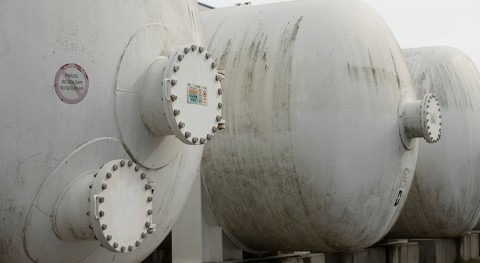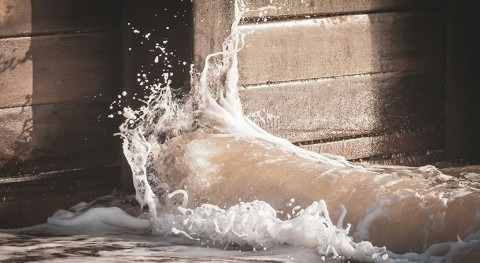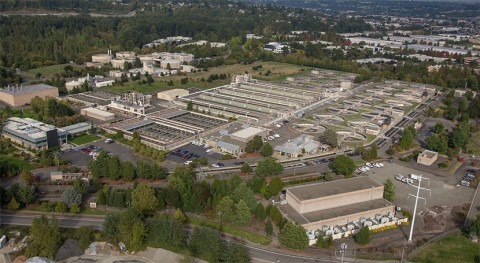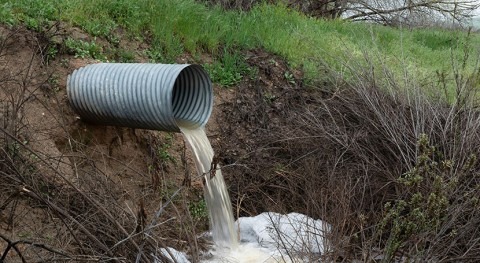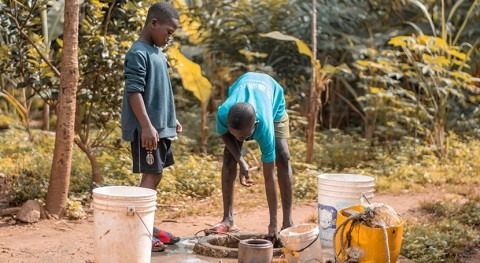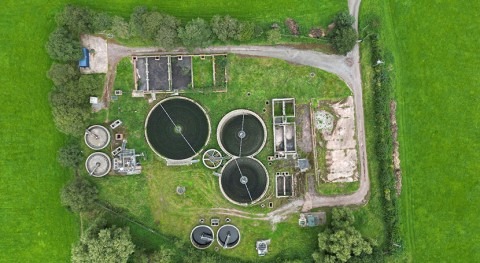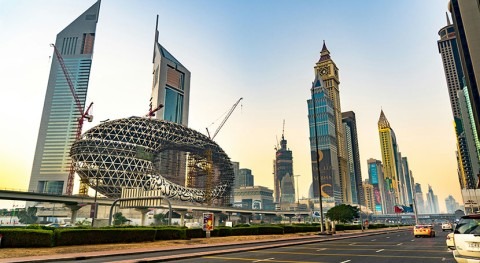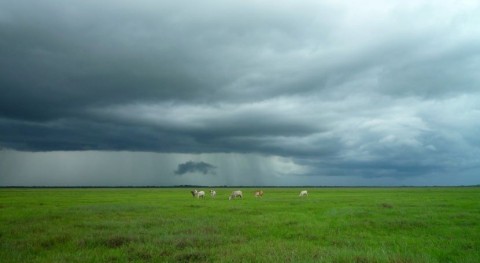A research team from the University of Almería, part of the Solar Energy Research Centre (CIESOL, Almería), has developed a mobile application that simulates the growth of microalgae and wastewater-treating bacteria, which can later be reused as biofertilizers and/or biofuels. This system, called ABACO-2 and currently at a pilot scale, contains data on how these microorganisms behave under various conditions. It also predicts the amount of biomass generated and the nutrients it will contain. With this information, experts can decide in which industry to use the biomass after the treatment systems, to and gain economic benefits from its sale.
Contaminated water is usually treated in conventional wastewater treatment plants. These fulfil their purpose but have drawbacks such as bad odours, high energy consumption, and the generation of sludge and waste. The scientific team explains that one solution to improve these challenges is the application of algae and bacteria consortia, which allow for the recovery of compounds like phosphorus and nitrogen. Once their limits are reached, these can be reused in other industries as biofertilizers or biofuels. "The use of this consortium of microorganisms to treat wastewater is a more economical alternative than conventional treatment processes, as it requires less energy, does not emit bad odours, and can also provide economic returns," explains University of Almería researcher Gabriel Acién.
Experts focused on this consortium of microorganisms because algae and bacteria establish a symbiotic relationship, mutually benefiting each other. Algae produce oxygen through photosynthesis, which bacteria use to degrade organic matter in the water. Additionally, bacteria produce carbon dioxide, which microalgae feed on. This creates an environment with the nutritional requirements needed for both to thrive.
Over 200 experiments
In the article “ABACO-2: a comprehensive model for microalgae-bacteria consortia validated outdoor at pilot-scale” published in Water Research, experts also explain that in previous research, they observed the biological advantages of these microorganisms and determined how they grew under different environmental conditions, such as the presence or absence of light or various temperatures.

Group of researchers who have developed this project.
Specifically, the model is based on data collected from a real-scale pilot reactor over a period of 7 months. As a culture medium, they used untreated urban wastewater from the University of Almería. They also selected green microalgae of the genus Scenedesmus as a model organism because it is resilient and capable of growing in contaminated waters. "We conducted over 200 experiments in six months. We took samples of microalgae and bacteria and changed the culture conditions to see how they evolved," comments Gabriel Acién.
Translated to mathematical models
Thus, the experts “translated” these variations into mathematical models, which serve to predict how algae and bacteria will evolve in different real-world scenarios, how their treatment activity will be, and if the generated biomass will be rich in nutrients such as phosphorus or nitrogen.

They then developed a mobile application so that the simulator could be used quickly and easily, by entering basic data such as the species of bacteria and microalgae, water pH, temperature, among others. This way, experts validate an alternative, more economical, and circular method for wastewater treatment in both urban and agricultural settings.
The next step for the researchers is to expand the database containing microalgae, bacteria, water conditions, and other factors to transfer this technology globally and to larger plants. This work has been funded by the Horizon 2020 programme and the Ministry of Science, Innovation, and Universities of Spain.
References
Nordio, R., Rodríguez-Miranda, E., Casagli, F., Sánchez-Zurano, A., Guzmán, J. L., & Acién, G. (2024). “ABACO-2: a comprehensive model for microalgae-bacteria consortia validated outdoor at pilot-scale”. Water Research, 248, 120837.


